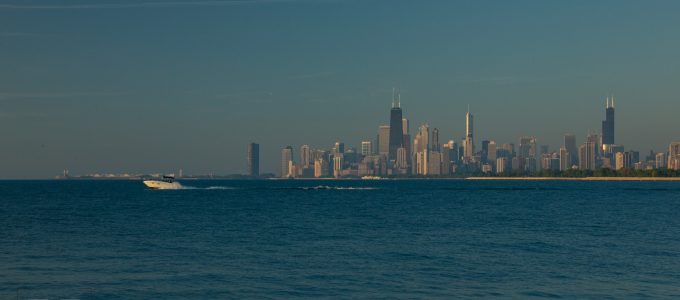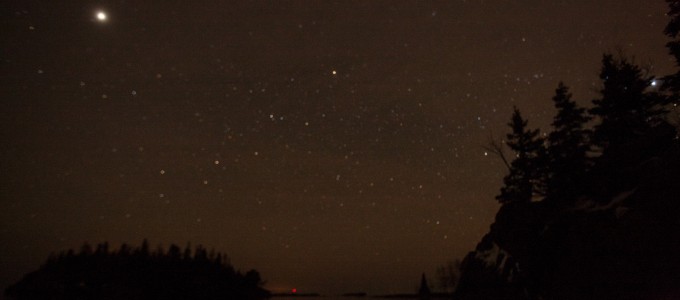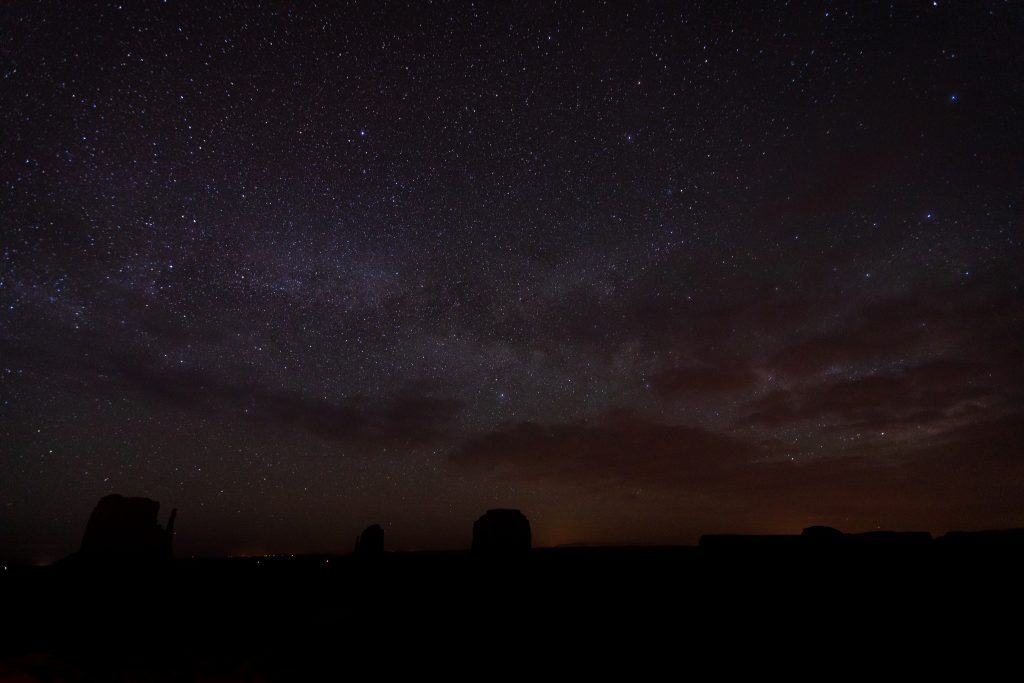
On my recent trip to the Southwest, we stopped in Monument Valley for one night, too short of a time but that’s all the time we had. We stayed at The View Hotel on the Navajo Reservation which overlooks the Mitten and valley. Perfect location and many rooms have open porches for sky watching. Perfect! I set up two cameras for time-lapse. The main camera, a Canon 5D IV with the 16-35mm lens and another 5D IV with the 28-105 lens. I used the Pulse intervalometer by Alpine Labs for the timelapse.
The technical side. The camera with the 16-35mm lens was the main camera which did both nighttime star timelapses. It was set at ISO 2000 and f2.8 at 20 second exposures. The exposures were done every 30 seconds. The first timelapse in the film took 2 hours and 56 minutes to produce. I’ve seen people using higher ISO’s but haven’t done that yet to se how much noise there might be in the shots. These exposures were about 1 stop too dark. I lightened them among other adjustments in Lightroom. I also adjusted the kelvin temperature from 5500, down to 4500, to bring out the blue and blackness of the sky.
The timelapse of sunrise was done on the second camera with shots every 2 seconds with the settings ISO 100, F11 and shutter ranging from 1/13th to 1/40th of a second. If you look closely, you can see the wind blowing dust and a few small dust devils across the ground. By the time we had to leave there was a dust storm a brewing and it was hard to see the valley.
In post processing the timelapse I use the plugin from Timelapse+ Studio in Lightroom to create the key exposures and then make adjustments to these images and have the plugin adjust the images evenly across the length of each timelapse video.
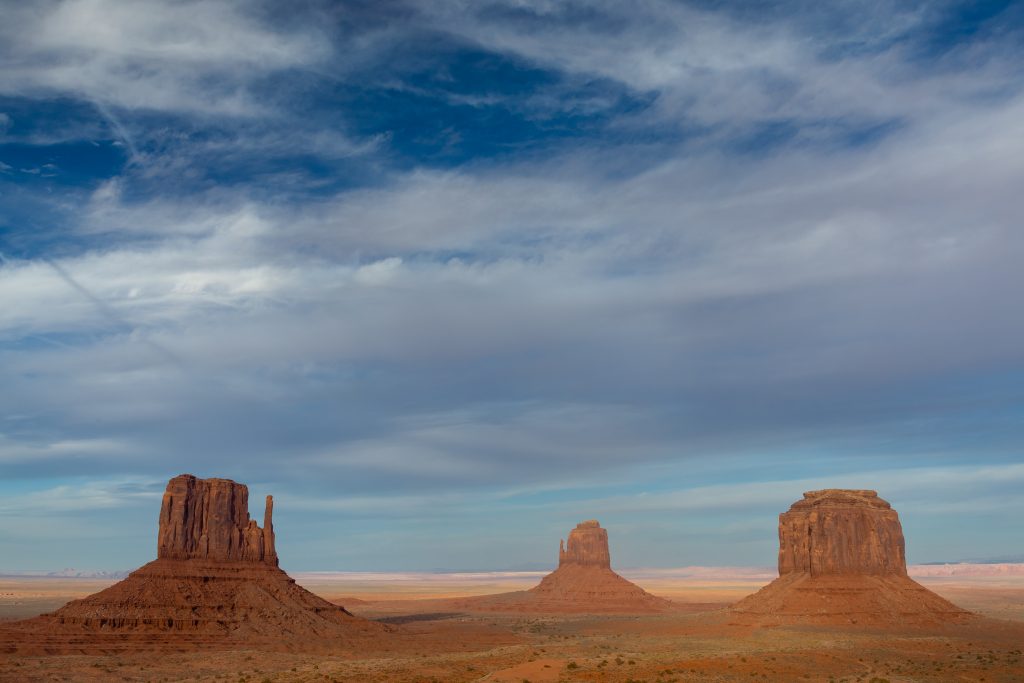
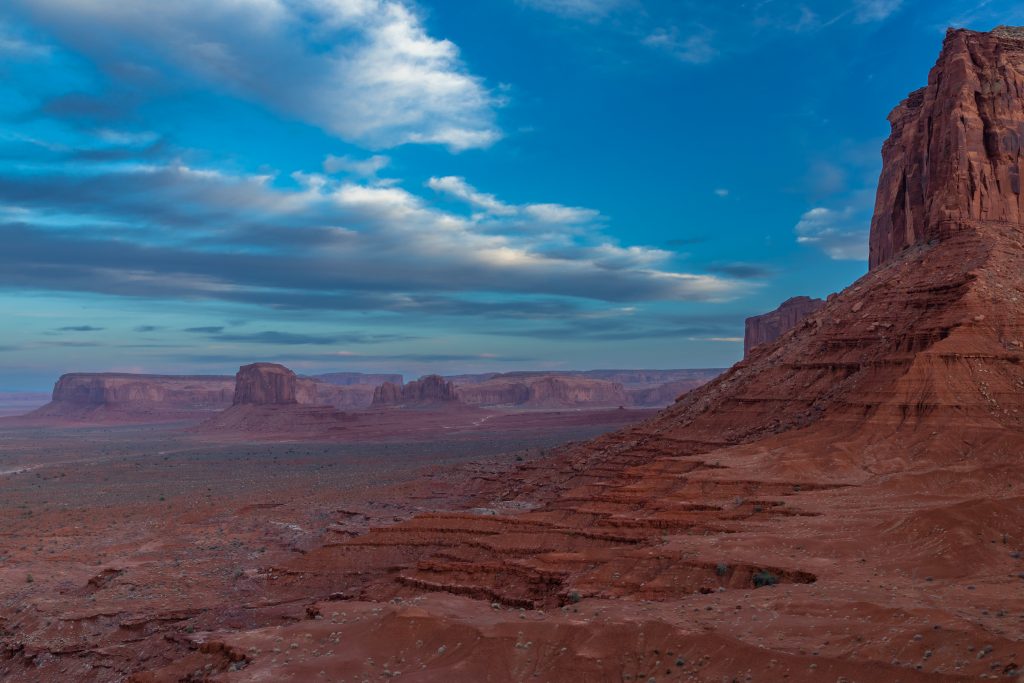
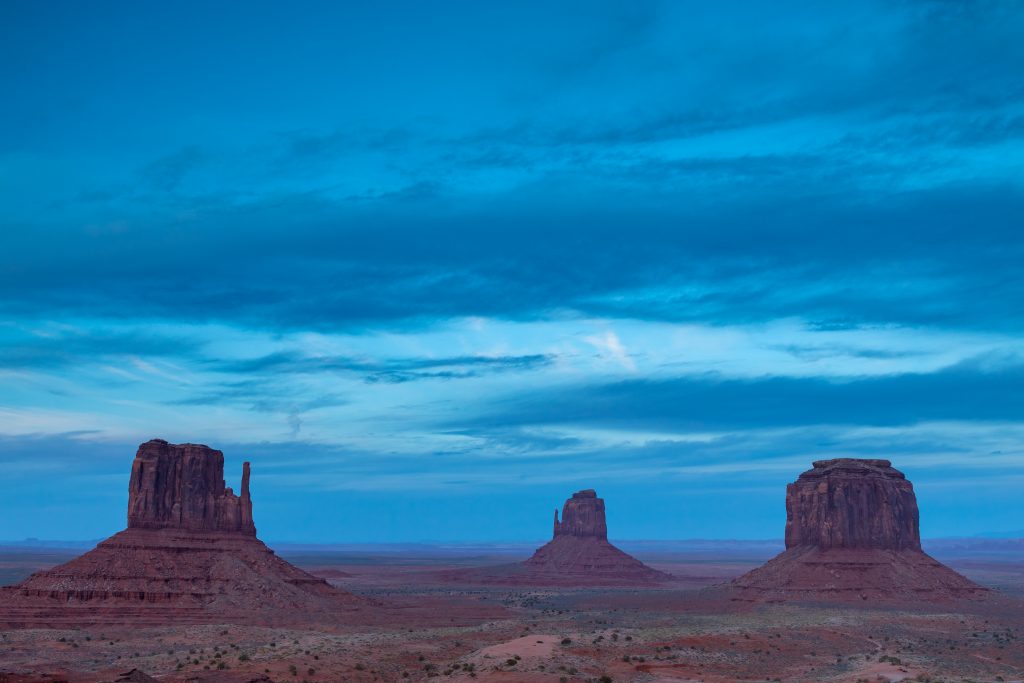
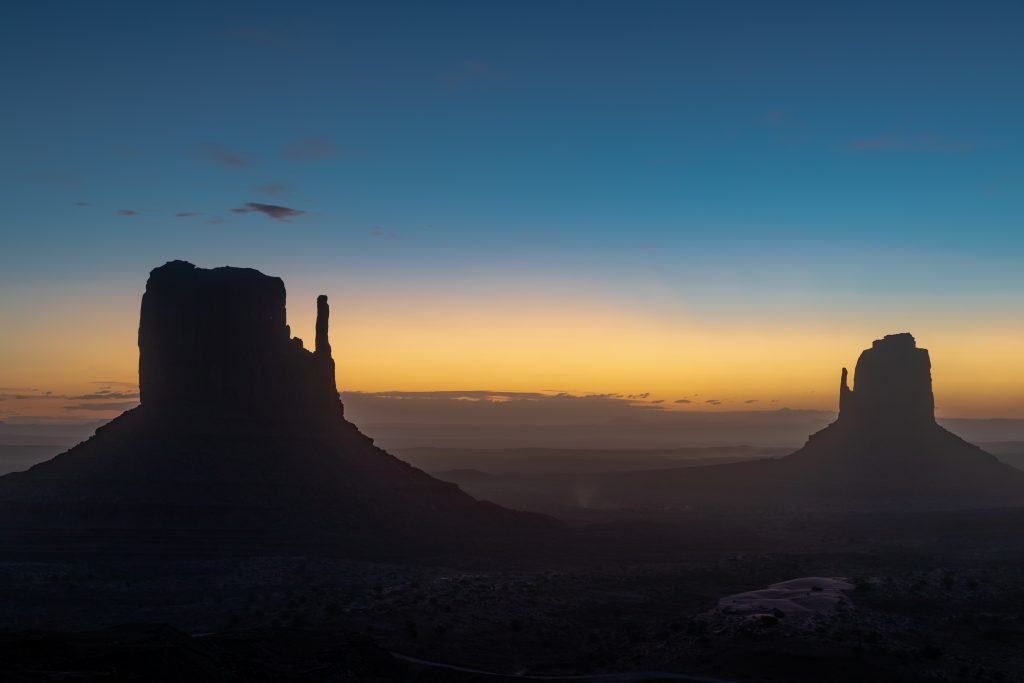
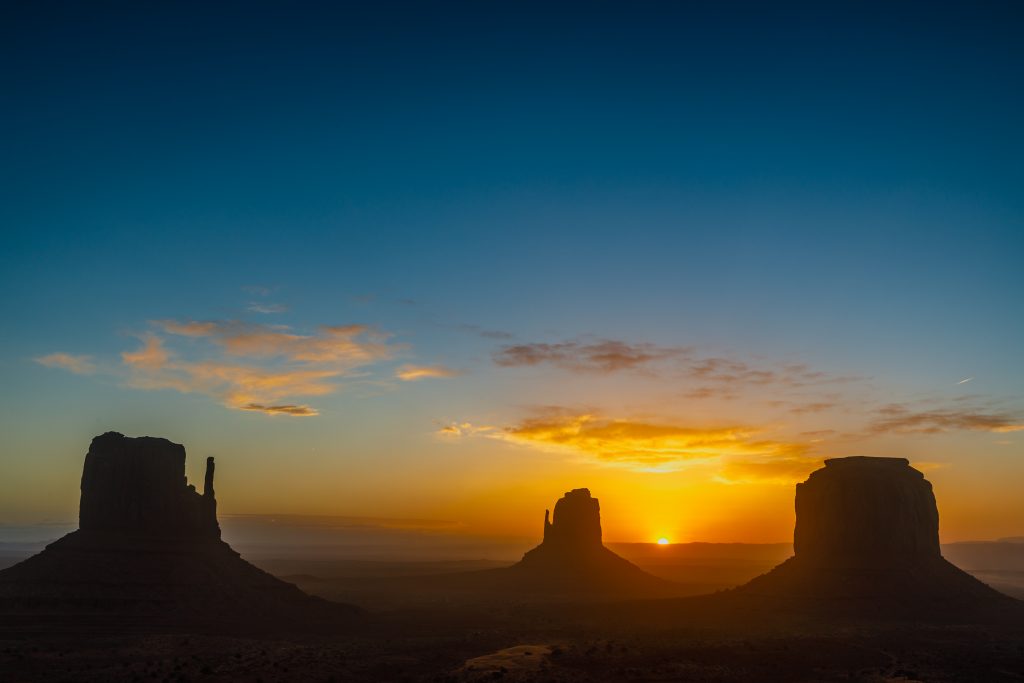
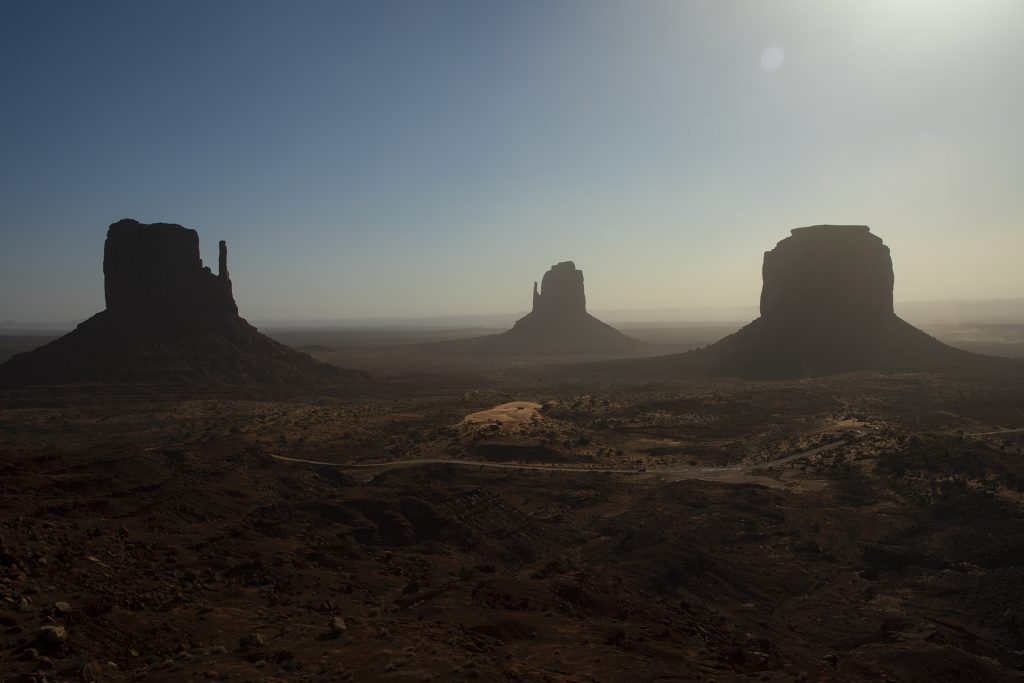
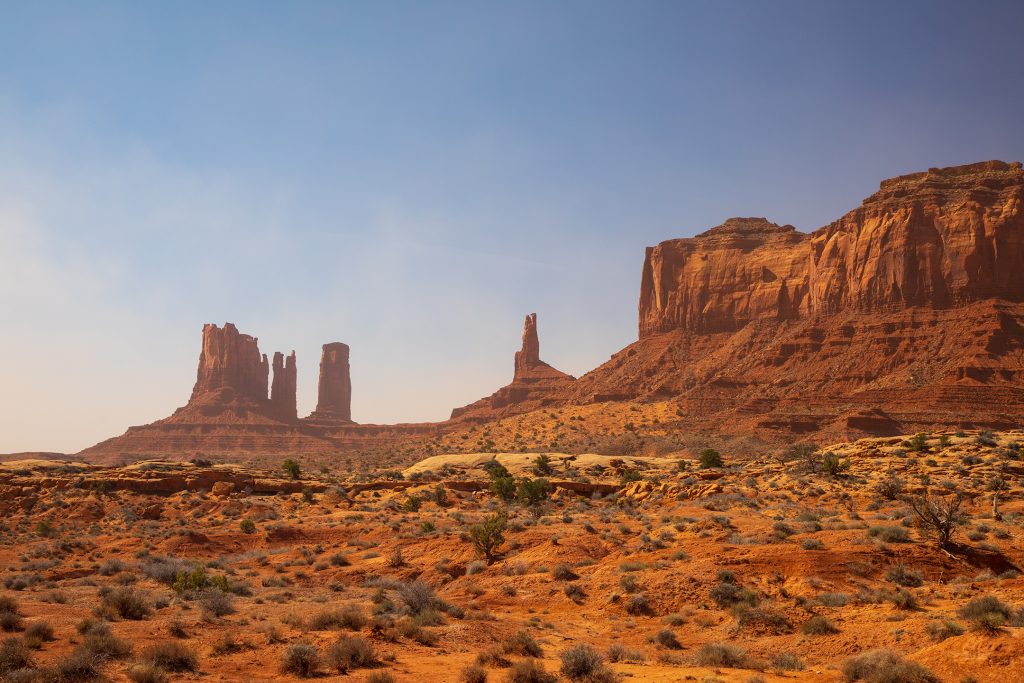
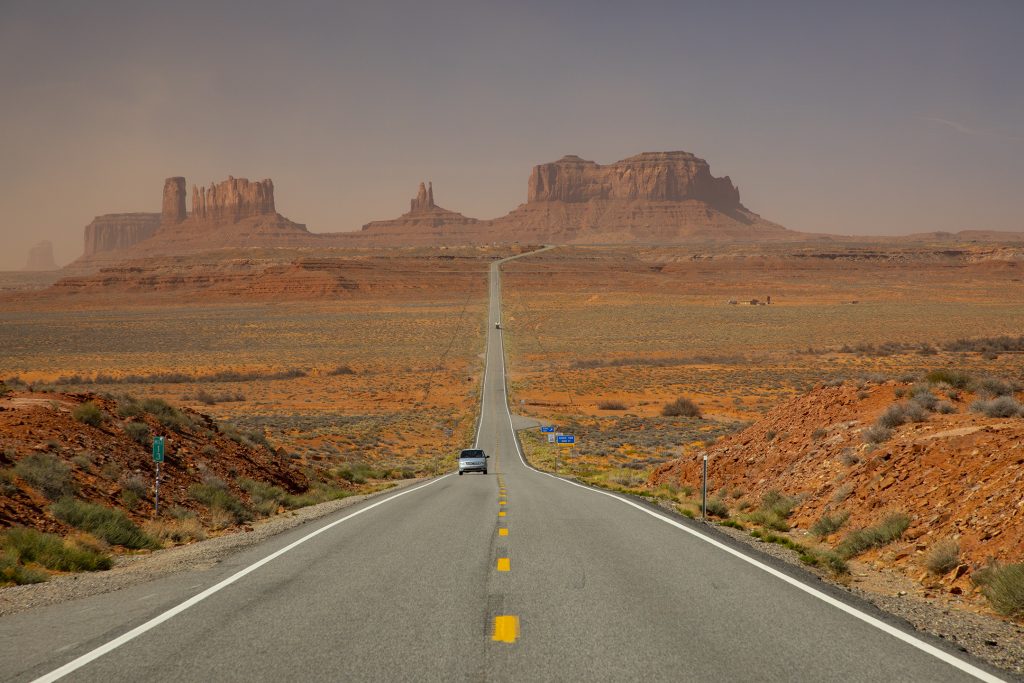
One great thing with timelapse is if you are shooting from a hotel balcony you can fall asleep while it is playing out! OK, I woke up several times to check things which was good as the Milky Way was rising farther south than I thought even with the star apps I have to calculate it before a shoot. When I started the clouds looked like it could either get overcast or stay partly cloudy. One of those times it will work or not – but if you don’t go ahead and shoot it you can’t get it back!
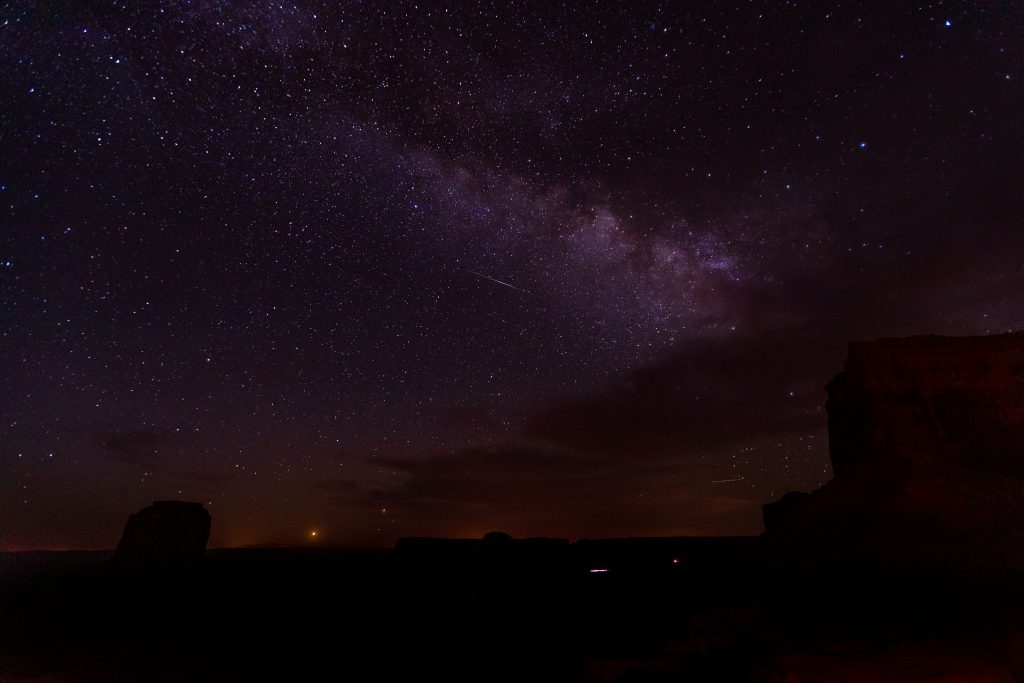
I hope you enjoy the still images and the video! If you have any questions just ask!
Cheers,
Richard
#monumentvalley #richardmackphoto #nature #timelapse #timelapseplus #astrophotography #Canon5D4 #canon #natgeoyourshot #natgeo #stars #nightsky #milkyway #milkywayphotography #alpinelabs #alpinepulse
